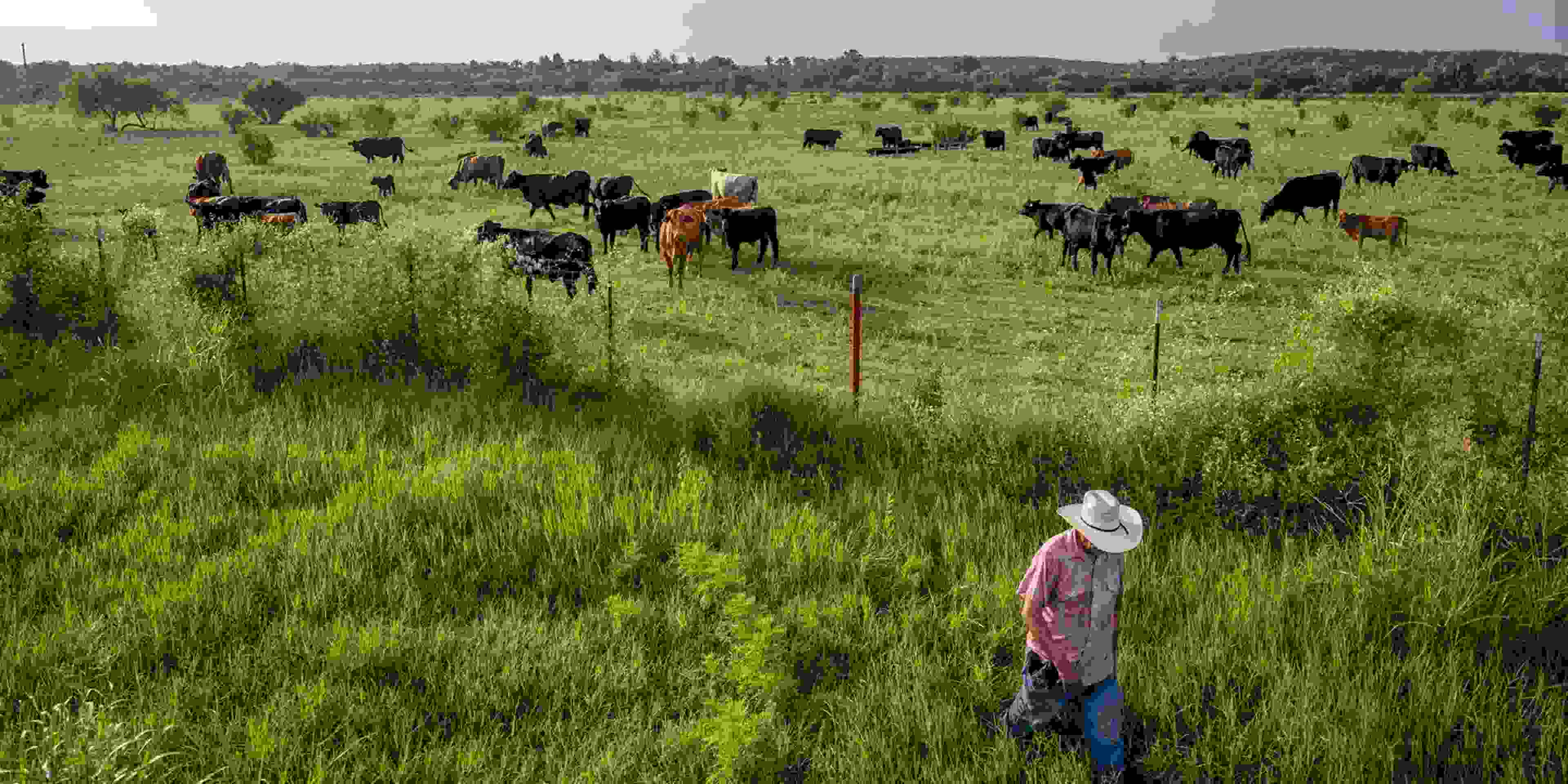Miami - The United States is often seen as a land of opportunity, but behind its economic power lies a complex and persistent issue: poverty. As of 2025, millions of Americans still struggle to meet basic needs despite living in one of the world's richest nations. Poverty in the U.S. is not just about income — it’s about access, inequality, and systemic challenges that affect education, healthcare, housing, and employment.
This article explores the current state of poverty in America, its causes, who is most affected, and what steps can be taken to create lasting change.
The Current State of Poverty in America (2025)
According to the latest data from the U.S. Census Bureau and independent research institutes, the national poverty rate in 2025 hovers around 11.6%, affecting over 38 million people. This includes children, working adults, single-parent households, seniors, and marginalized communities.
While the economy shows signs of recovery post-pandemic, wage stagnation, housing costs, and inflation continue to pressure low- and middle-income Americans.
Key Causes of Poverty in the U.S.
- Income Inequality
The gap between the rich and poor in America is one of the widest among developed nations. Wealth is heavily concentrated in the top 10%, leaving many families struggling to make ends meet.
- Lack of Affordable Housing
Rent prices have skyrocketed in major cities, pushing low-income families into homelessness or overcrowded housing.
- Healthcare Costs
Even with reforms, many Americans face high out-of-pocket medical expenses. Illness can quickly lead to financial ruin for the uninsured or underinsured.
- Education Disparities
Access to quality education often depends on ZIP code. Poorly funded schools limit future opportunities for students in low-income neighborhoods.
- Job Instability and Low Wages
Many Americans work multiple jobs or rely on gig work without benefits. The federal minimum wage has not kept pace with the cost of living.
Who Is Most Affected by Poverty?
- Children: Nearly 1 in 6 children in the U.S. lives in poverty.
- Single Mothers: Female-headed households face higher poverty rates.
- Black and Hispanic Communities: Systemic racism contributes to generational poverty in minority communities.
- Rural Americans: Small towns and rural areas often lack access to jobs and public services.
- The Elderly: Many retirees live on fixed incomes that don’t keep up with inflation.
The Impact of Poverty
Poverty doesn't just affect individuals — it has a broader impact on society, including:
- Higher healthcare costs for emergency and chronic conditions
- Increased crime and homelessness
- Lower educational outcomes
- Reduced economic productivity and workforce potential
Efforts and Solutions
- Raising the Minimum Wage: Many states have increased their minimum wage, helping to lift workers above the poverty line.
- Expanding Affordable Housing: Government programs and nonprofits are working to build more affordable housing options.
- Universal Childcare and Pre-K: Investing in early education can break the cycle of poverty for future generations.
- Healthcare Reform: Expanding Medicaid and reducing drug prices help families manage healthcare expenses.
- Job Training and Education: Workforce development programs are essential to preparing Americans for better-paying, future-ready jobs.
Conclusion
Poverty in the United States is a deeply rooted issue that demands both immediate relief and long-term structural change. While progress is being made, much more needs to be done to ensure that the American dream is accessible to all — not just the privileged few.
By addressing systemic inequality and investing in people, the U.S. can move closer to a future where every citizen has a fair shot at success.
